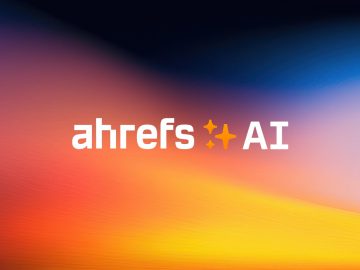Optimising web pages for search engines and directories is not very different than developing web pages for human visitors. The main objectives remain the same – clean design, easy navigation and good content. In fact, when search engines rank pages they try to follow the same system of evaluations as most online searchers would.
In the video below, Matt Cutts, who used to head Google’s Webspam team when this video was created, talks about the most common SEO mistakes that webmasters make.
Optimising ordinary HTML pages
HTML pages consist of two main section, a header and a body. Good search engine optimisation involves optimising both the header and the body for search engine spiders and human editors.
Optimising the HTML header
The header is the section that lies between the
and tags. For search engine optimisation purposes, the three main components of the header that need optimisation are:- TITLE: Lies between the
and tags. Should provide a brief descriptive title for the page. No more than 60 characters. - DESCRIPTION metatag: Should provide a 2-3 line objective description of the page. No more than 250 characters.
- KEYWORDS metatag: A list of comma-separated keywords. Very few search engines pay any attention to this tag nowadays.
Optimising the HTML body
The body is the part of the HTML page that lies between the
and tags. This is the most important part of the web page, in that it is the part that is immediately visible to your visitors and hence is also the part that search engines pay most importance to when ranking your site. The main components of the body that count towards search engine ranking are:- Text: The visible text on your web page is the single most important factor for search engine optimisation. Special weight is given to formatted text, such as headings, bold text, bulleted text and text contained in links.
- Internal links: The internal links connecting various pages in your website are important for both search engine spiders and visitors to navigate through your site. Links must be easily accessible and intuitive to follow.
External links and page popularity
Google and many other search engines measure the importance of a web page by the number of external sites that link to it, the number of visitors that click through to it and the time they spend on your site.
Optimising HTML pages with scripts, SPAs or Flash
Website that use dynamic scripts such as JavaScript, AJAX or PHP and sites that are built on SPA (single page apps) or even old pages that still use Flash can pose challenges for search engine optimisation. Search engine spiders may run into problems when crawling deep into pages whose links are generated through dynamic scripts or pages that have dynamic content that’s generated based on user input.
Single Page Apps can create a different set of problem for search spiders. While Flash technology has largely been phased out of the modern Web, most search engines cannot read Flash files on old pages, and those that do, don’t do it very well. Sites using dynamic scripts and effects can potentially miss out on search engine rankings.
Historically, the most effective way to circumvent the navigational issues brought about through dynamic content was to add static links on the bottom of the page, or elsewhere in the page body, supplementing the dynamic links.
Modern search spiders have vastly improved capabilities to render dynamic elements and scripts, making it a lot easier for webmasters and SEO experts to ensure all content on a site is indexable. Working with an SEO agency that has experience handling such content is highly recommended.





